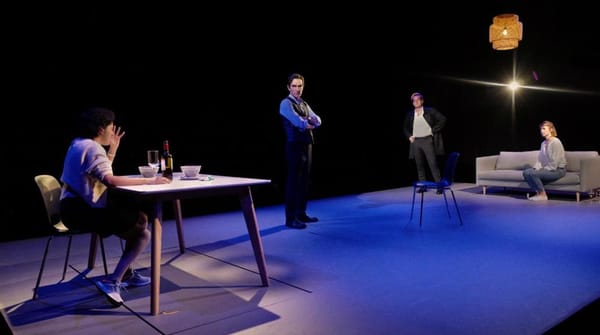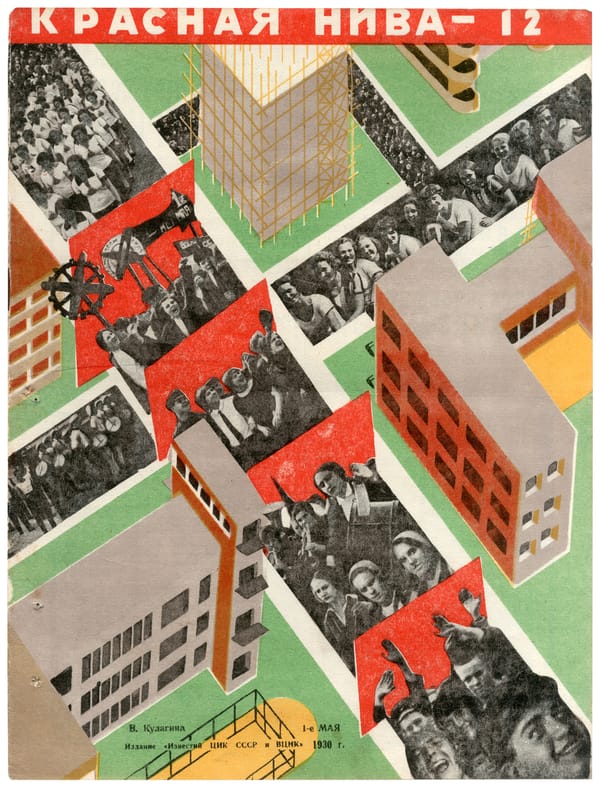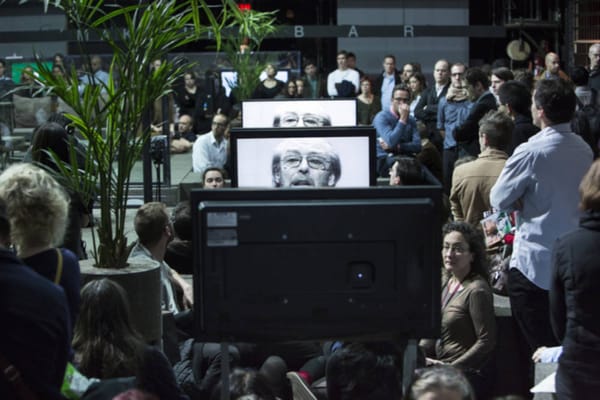Michelangelo & Sebastiano | A Tale of two Masters
A stunning new exhibition at the National Gallery brings the grandeur of Italy's Renaissance to London

The National Gallery’s blockbuster show on Michelangelo Buonarroti and his lesser known contemporary and friend, Sebastiano del Piombo attempts to bring the extraordinary beauty of Italy’s great piazzas and churches to London. Jaw-dropping works, from quickfire sketches on the back of boards to huge perfectly formed sculptures are on display over six rooms. In surely what is a first for any London gallery, one room houses an almost 1:1 scale 3-D model of the painted altar in the church of San pietro in Montorio Rome. Commissioned by Michelangelo’s banker friend Pierfransceso Borgherini, the fresco was painted by Sebastiano but the preliminary sketches for the central panel The Flagellation of Christ were supplied by Michelangelo.
The rest of the exhibition follows the theme of the two men’s collaboration over the decades of their friendship. Michelangelo often drew sketches that Sebastiano used as the basis for his paintings. Michelangelo’s three inch charcoal Lazarus is transformed into a huge oil-painted figure in The Raising of Lazarus, one of Sebastiano del Piombo’s most known works. This wasn’t a case of, as it might first appear, Sebastiano pilfering from his more talented friend, but a exchange of different strengths and methods of working. The works follow the evolution of both artists, as his friendship with Michelangelo deepened, Sebastiano developed a sculptural approach in his painting, using a blocking technique and creating more solid figures. Michelangelo began to take a more painterly approach to his sketches, adopting Sebastiano’s Venetian habit of sketching on blue tinted paper.
The works follow the evolution of both artists as their friendship deepens
In an exhibition filled with glorious paintings, it is still Michelangelo’s sculpture that has the power to transfix. The towering Risen Christ dominates one of the central rooms; it depicts a nude Christ, a highly unusual choice for the period, who stands at ease, loosely propping up a cross. Around the room are displayed the initial sketches, some in which Christ appears to float above the pedestal, divinity trapped in a decidedly human body. The countless revisions, the change in poses, slight bend of limb here, a different slant there provide insight into the hard graft that went into the creation of the masterpieces which appear so effortless in their finished form.
The other sculptures are not originals; a copy of the Risen Christ stands just behind the real article, and in another room sits a cast of Pieta. The original, behind its glass in St Peter’s Basilica has a vital energy; in the dim light of the cathedral, the figures could almost be human, not cold marble. Here, visitors can go right up to the cast of the masterpiece and inspect every perfectly articulated fingernail, every tiny fold, follow each raised vein. Some of the magic of the original is lost in this iteration but it still has a magnetic power. Whilst I was there, exhibition goers returned again and again to the piece, even the room's gallery attendant would leave his chair every few minutes or so and turn his back to the rest of the room to reverently pace around the base and look closely at figures.
Michelangelo's sculpture has the power to transfix
Nothing can quite compare to seeing the work of Italy’s Renaissance masters in situ; around the altars and domed church ceilings they were composed. Rightly assuming that the true scale and grandeur of most Michelangelo and Sebastiano’s work cannot be conveyed by works that exist outside of Italy, the National Gallery have sought to give visitors a glimpse of “behind the scenes” of Michelangelo’s career. A significant portion of the exhibition is given over to unfinished works, preliminary sketches; ghostly figures are half painted over in some canvases, limbs half visible through thin layers of paint. Perhaps most intriguingly, the exhibtion hosts a large stash of correspondence between Michelangelo and Sebastiano. How amazing, I kept thinking as I moved from one letter to the next, that so many centuries later we can walk into a building and know exactly what Michelangelo thought about a dinner one night in Rome four hundred years ago, or read about how he missed his friend. What emerges from the letters is a picture of Michelangelo, a myth-like figure in art history as a living, breathing human who writes with humour, love and sometimes startling pettiness (Michelangelo and Sebastiano became friends in order to marginalise the artist Raphael in the 15th century art world of Rome). To some extent the letters ground the artist whose impressive legacy has elevated his status as a god amongst men, and yet it is the ordinariness of the man revealed by his letters that further serves to highlight the extraordinariness of his work.
This is an exhibition not to be missed.








